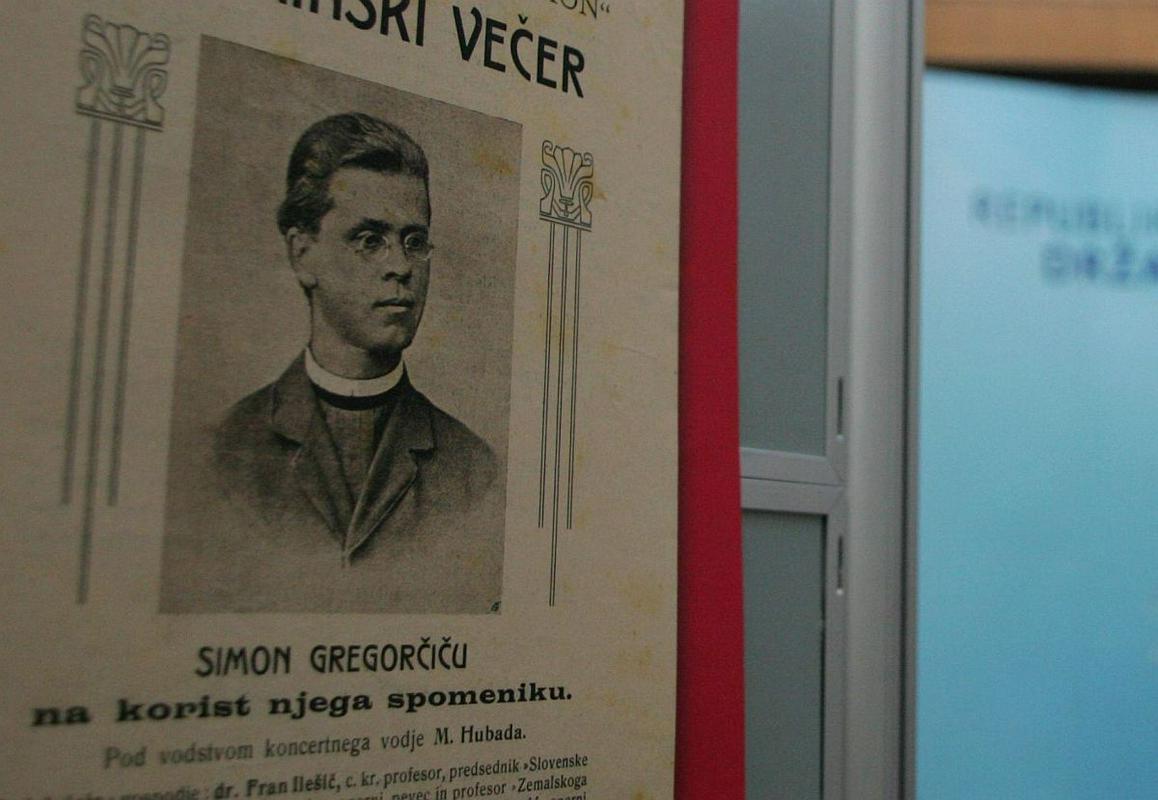
The Soča, which springs to the surface as a turquoise stream in the mountains of northwestern Slovenia, is often called one of Europe’s most beautiful rivers. More than a century ago, its beauty was immortalized by the Slovenian poet Simon Gregorčič – a poem that also foresaw the bloodshed of World War I.
Gregorčič was born in 1844 near the town of Kobarid (known in Italian as Caporetto) in the Soča Valley. Growing up in the countryside, he developed a strong faith, a love of nature, and a passion for language. He turned out to be an excellent student and ultimately chose to join the priesthood.
Even though devoted the rest of his life to a life of faith, he also emerged as a prolific poet. His work was firmly rooted in romanticism, with his passion for the natural world serving as a recurrent theme. He was also an advocate of the Slovenian cultural reawakening – a movement that was then gaining in prominence. Although Gregorčič was loyal to the Austrian crown, his work celebrated the national distinctiveness of the Slovenian people, especially when faced with the threat of Italian expansionism.
Some of the leading Slovenian-language publications began to publish Gregorčič’s work. Many of his poems were epic in nature, while others were more intimate. Some even touched on his private life. Gregorčič had been forced to from one parish to another because of a covert love affair he had with a local girl, and several of his poems dealt with the conflict between love and faith. Gregorčič was a proudly political poet, often alluding to the yearning of Slovenians and other Slavs for more autonomy within Austria-Hungary.
Gregorčič’s most famous poem, however, was dedicated to the river he grew up with. Tilted simply To the Soča, the poem was published in 1879. Much of it is devoted to the beauty and the changing nature of the stream as it makes its way down from the Julian Alps. But amazingly, Gregorčič also foretells a great conflict on the banks of the river and sees its waters flowing with blood.
In his descriptions, he predicted events that would take place almost 40 years later, when the Soča Valley became one of the bloodiest battlefields of World War I. But Gregorčič wasn’t a lucky prophet; he understood the very danger of Italian expansionism to this part of the Slovenian Lands.
Gregorčič was of ill health for much of his adult life and died in the town of Gorizia in 1906. Today, his work serves both as a record of his era and a timeless testament to the wild beauty of the Soča Valley – and the Slovenian nation’s struggle for survival.

































































